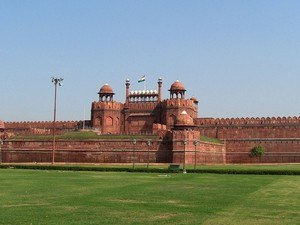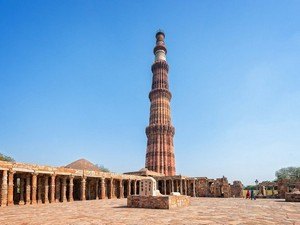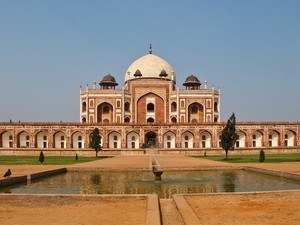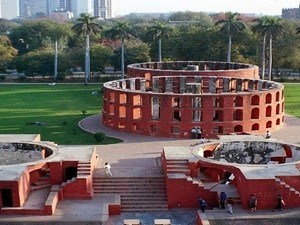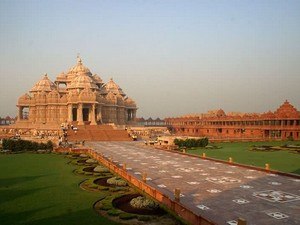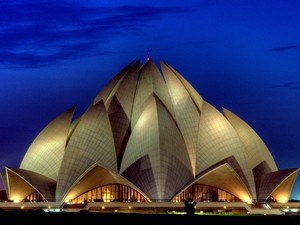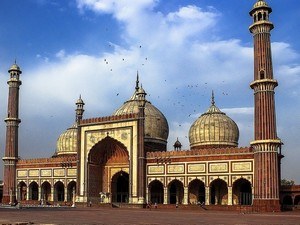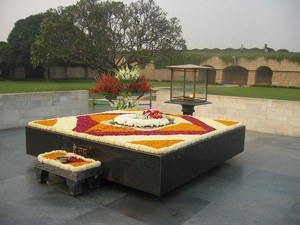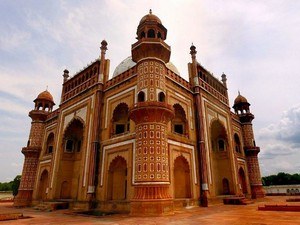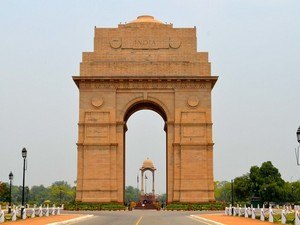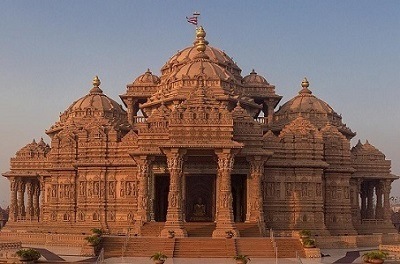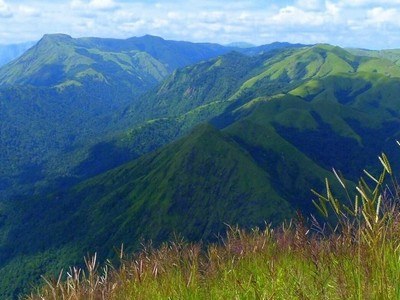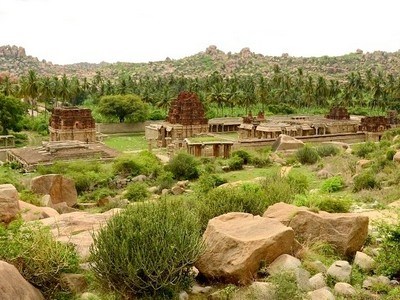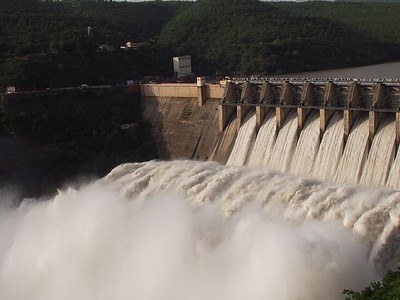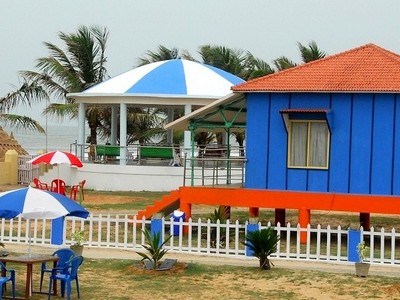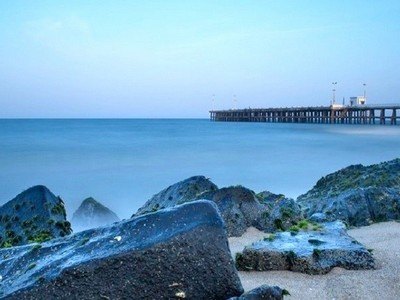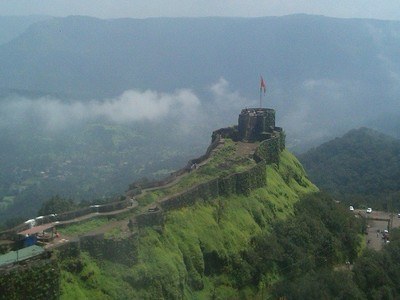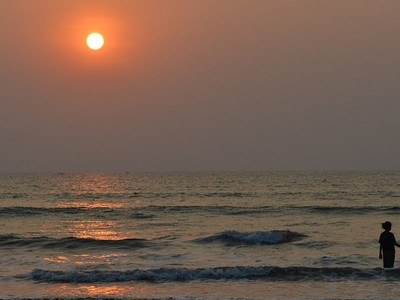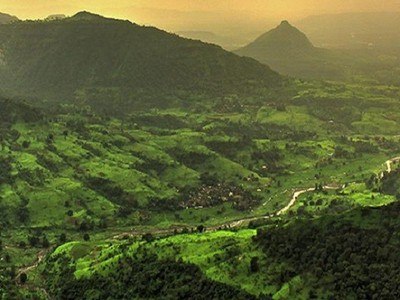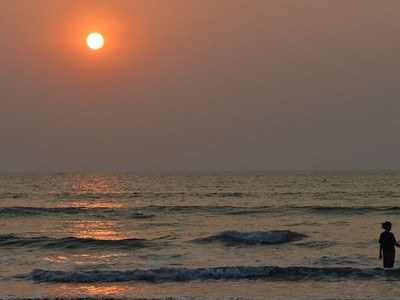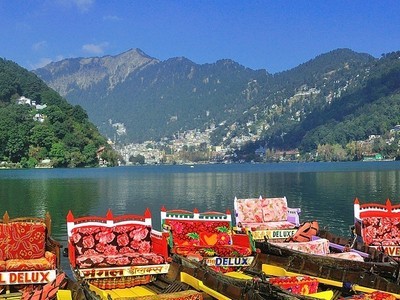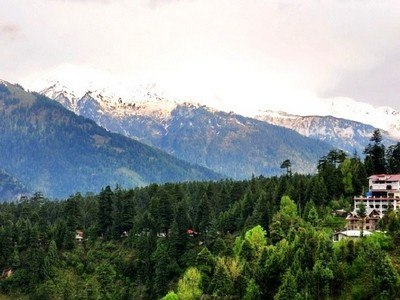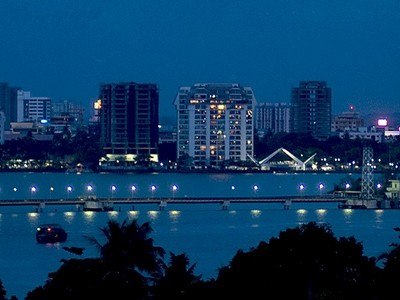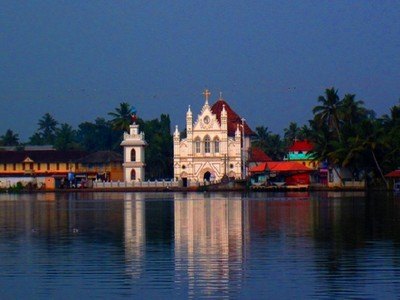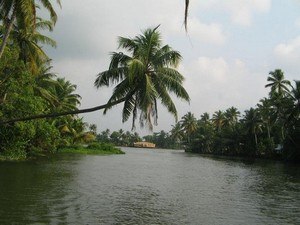At a distance of 16 km from Gurgaon and 50 km from Delhi, Sultanpur National Park, formerly Sultanpur Bird Sanctuary is located at Sultanpur in Gurgaon district of Haryana state. It is one of the popular places to visit near Delhi for a day trip.
Sultanpur Bird Sanctuary is very popular national park and ideal for bird watching. Established in 1972 as the Sultanpur Bird Reserve, this place was upgraded to National Park in 1989. Since then, the lake that earlier had to depend on monsoon for its water was provided water from Yamuna River enabling it to remain full throughout the year. Spread over an area of 1.43 sq. km, this bird sanctuary is inhabited by over 250 species of birds. During the winter months, it attracts more than 100 varieties of migratory bird species from Siberia, Afghanistan, Russia, Turkey and East European countries.
Birds like common hoopoe, common spoonbill, paddy field pipit, purple sunbird, little cormorant, Eurasian thick-knee, gray francolin, black francolin, Indian roller, white-throated kingfisher, spot billed duck, painted stork, great egret, cattle egret, India crested lark and many others permanently inhabit the bird sanctuary. In winter, Sultanpur Bird Sanctuary provides a picturesque panorama of 100 migratory bird species such as Siberian cranes, greater flamingo, ruff, black winged stilt, common teal, common greenshank, northern pintail, yellow wagtail, white wagtail, rosy pelican etc.
Although Sultanpur National Park is predominantly ...
...read more






